WITHOUT ANCIENT GREECE WE MAY NOT HAVE THESE THINGS
Added on: 2nd Jan 2016
URBAN PLANNING
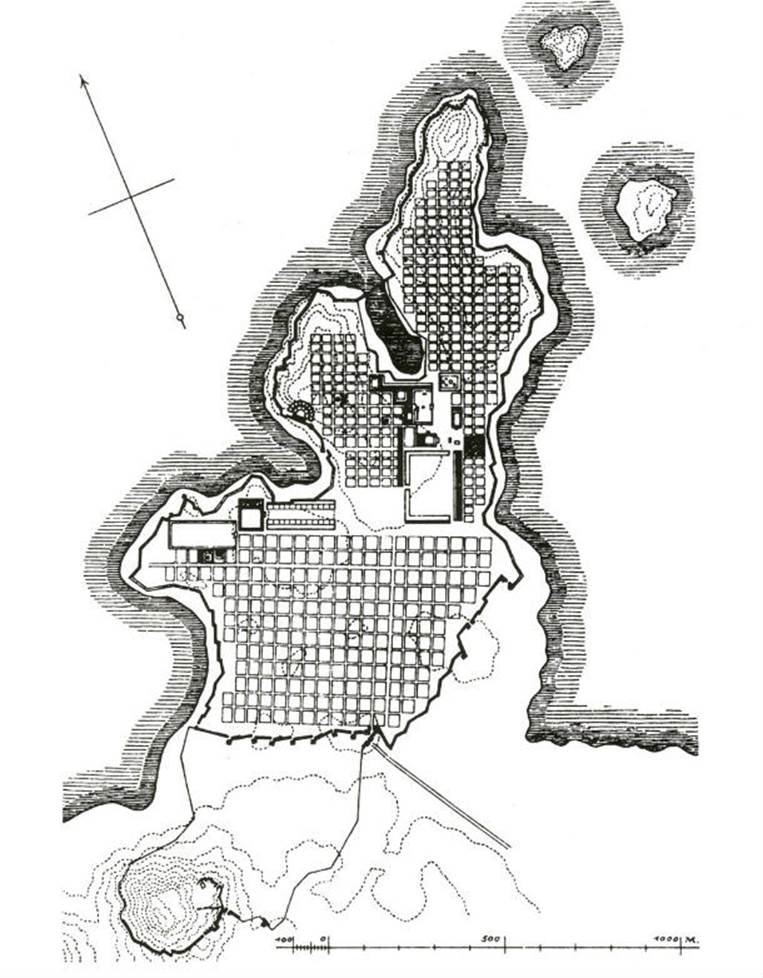
Despite the fact that most people believe urban planning is a
relatively modern innovation (from the last two centuries),
Hippodamus, the ancient Greek architect and urban planner,
is considered by most historians to be the “father of city planning”
for his design of Miletus. His plans of Greek cities were
characterized by order and regularity in contrast to the
intricacy and confusion common to cities of that period,
including Athens. He is seen as the originator of the idea that
a town plan might formally embody and clarify a
rational social order.
WATERMILL
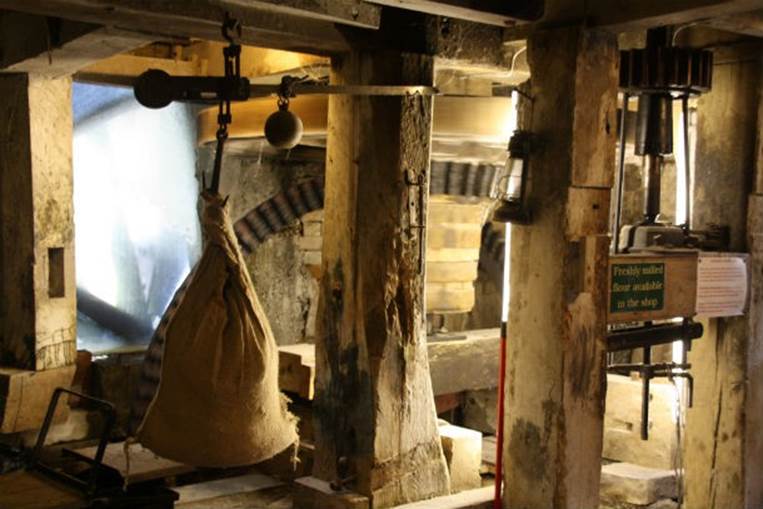
The earliest evidence of a watermill can be found in the wheel
of Perachora, estimated to have been created during the third
century BCE in Greece. However, the earliest recorded proof
we have for the existence of a watermill comes from the Greek
engineer Philo of Byzantium, who mentions in one of his works
water wheels that people frequently used in Alexandria
during the Hellenistic period.
HELIOCENTRISM

Way before Copernicus, several Greek astronomers had noticed
that Earth revolved around a relatively stationary sun at the
centre of the solar system. Many notable scientists such as
Philolaus, Heraclides of Pontus, Seleucus of Seleucia, Aristarchus
of Samos, and Hypatia had proposed a heliocentric system
almost two thousand years before Copernicus.
PLUMBING
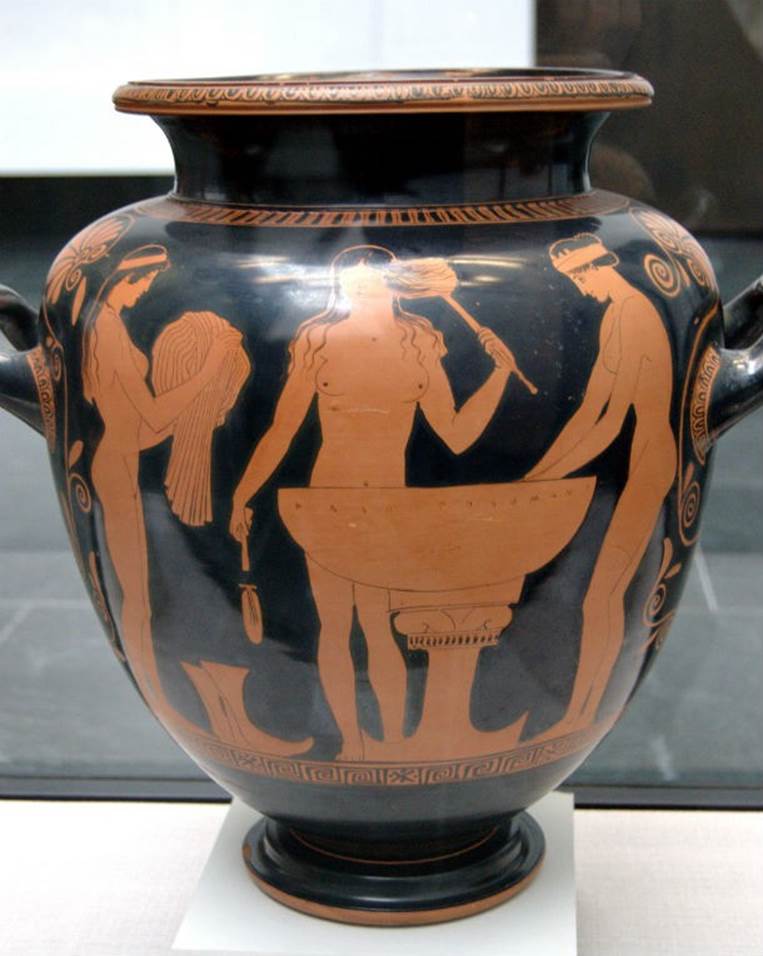
The ancient Greeks set a high standard for themselves in
promoting physical and mental fitness. This was a concept
reflected in their approach to exercise and cleanliness.
Athens required many aqueducts to bring water from the
mountains and in order to do that they developed highly
extensive plumbing systems for baths and fountains, as well
as for personal use within homes. The water supplies were
directed to storage cisterns, which in turn fed a multitude of
street fountains, some of which are still in use today.
ODOMETER
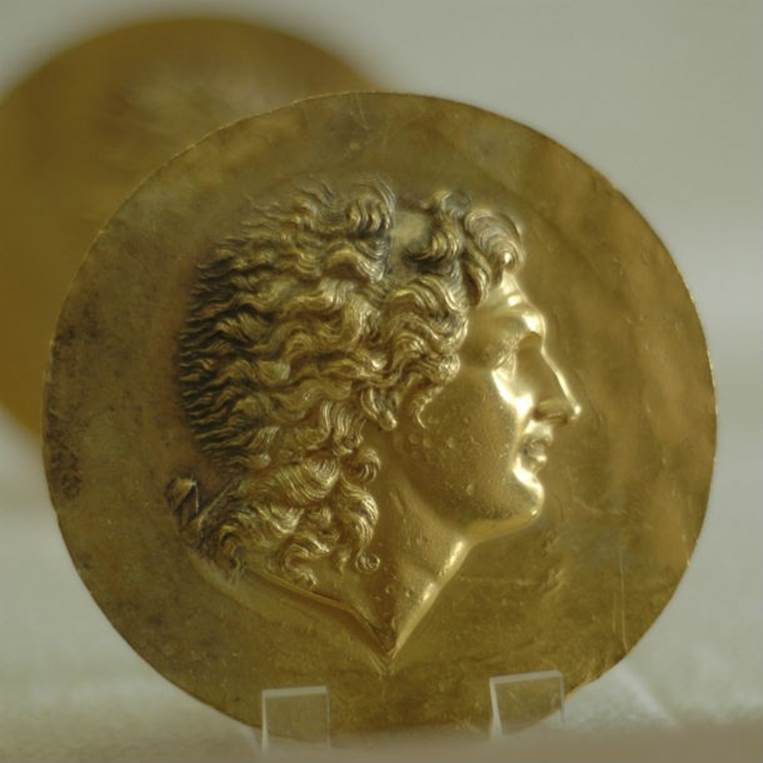
This omnipresent instrument is another contribution of the
ancient Greeks. It was used to measure the distance between cities
and is believed to have been first used systematically by
Alexander the Great’s bematists Diognetus and Baeton to
measure the distances of routes travelled.
MAPS

Anaximander, one of the most important pre-Socratic philosophers,
is credited with the invention of maps and cartography. Despite
maps being produced before his time in Egypt, Lydia, the Middle East
and Babylon, they focused exclusively on sole directions, roads,
towns, and borders. Anaximander’s innovation was to represent the
entire inhabited land known to the ancient Greeks.
LIGHTHOUSES
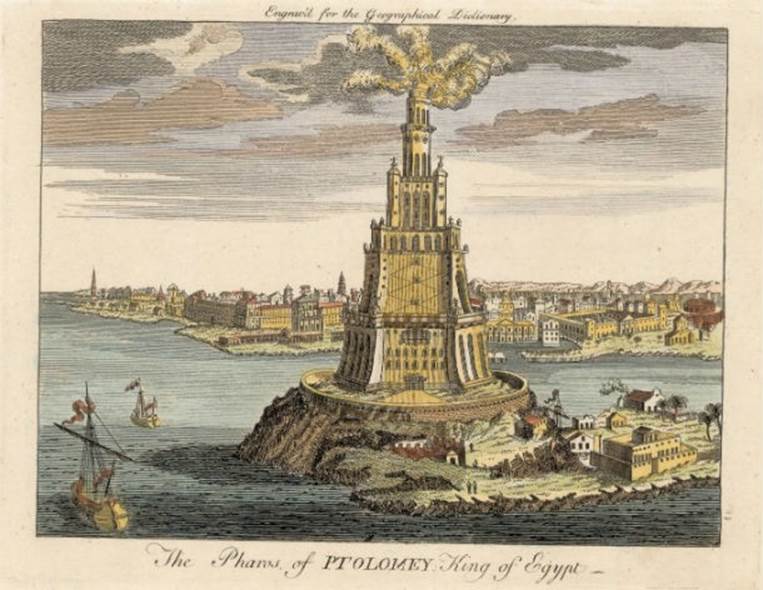
Before the development of clearly defined ports in ancient Greece,
mariners were guided by fires set on hilltops. Since raising the fire
would improve visibility, placing the fire on a platform became a
practice that led to the development of the lighthouse. The most
famous lighthouse of antiquity was the Pharos of Alexandria, which
was built during the Ptolemaic Kingdom in Egypt around 280–247 BCE
and designed by the Greek architect Sostratus of Cnidus.
CRANE

During the sixth century BCE the Greeks invented a way to lift
heavy stone blocks onto emerging temple walls, which we know
today as a crane. Holes drilled into the stone suggest ropes were
attached to the blocks so it could be pulled up.
COINS

The first coins were developed independently in Iron Age Anatolia
and Archaic Greece around 600–700 BCE. In this way the Greeks
became the first to develop coins of different sizes and materials
depending on their value which were then used to buy or
trade goods.

Comment on this